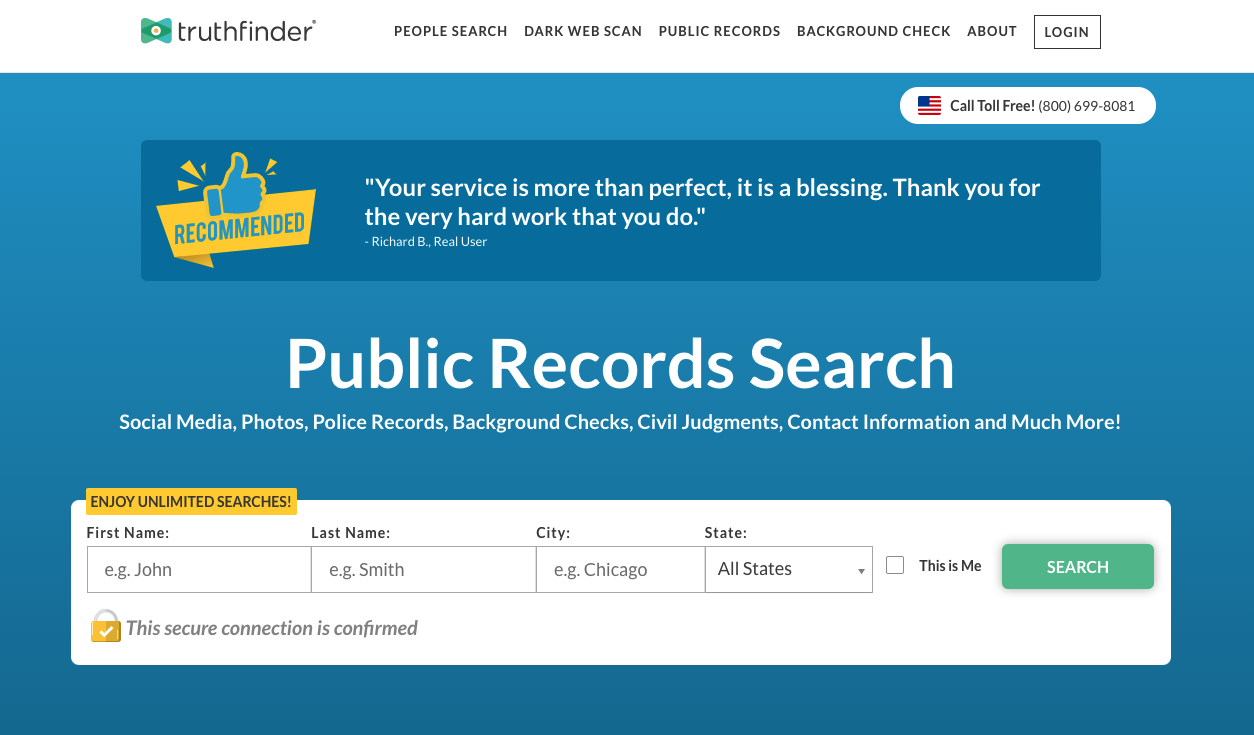
The SPF record protects a company's domain from spoofing while improving its sender reputation with MBPs (Mailbox Providers) such as Google, Microsoft, Verizon, etc. If SPF passes, the email under question is authenticated and delivered to the recipient's mailbox. This record lists all mail servers authorized to send emails on behalf of that domain. SPF authentication works by setting a special DNS record for a domain. When an email is sent, the receiving server checks the sender’s return-path address and verifies if the domain in use has a valid SPF record. Depending on the qualifiers used (~, +, -, ?), this mechanism indicates how the recipient should treat emails from non-authorized sources. It should be placed at the end of the SPF record.


Listing all your sending sources under this tag lets the recipient know that you verify all the added domains/subdomains as legitimate sources.Īll is a required tag. The include tag is of top importance for a correct SPF record. The exists tag checks whether an A record exists or not on the mentioned domain. It's a "not recommended" tag as per RFC 7208, because it spends too many DNS lookups. The PTR tag prompts a PTR check for client IP hostname(s). If left unspecified, it takes the value of the current domain. The MX record tag checks the MX record of the mail server(s). The A record tag allows the SPF to validate the sender by the domain name's IP address. This tag should include all the IPv6 addresses that are allowed to send emails on behalf of the domain. This tag should include all the IPv4 addresses that are allowed to send emails on behalf of the domain.

If it's incorrect or the tag is missing, the SPF record will be ignored.


 0 kommentar(er)
0 kommentar(er)
